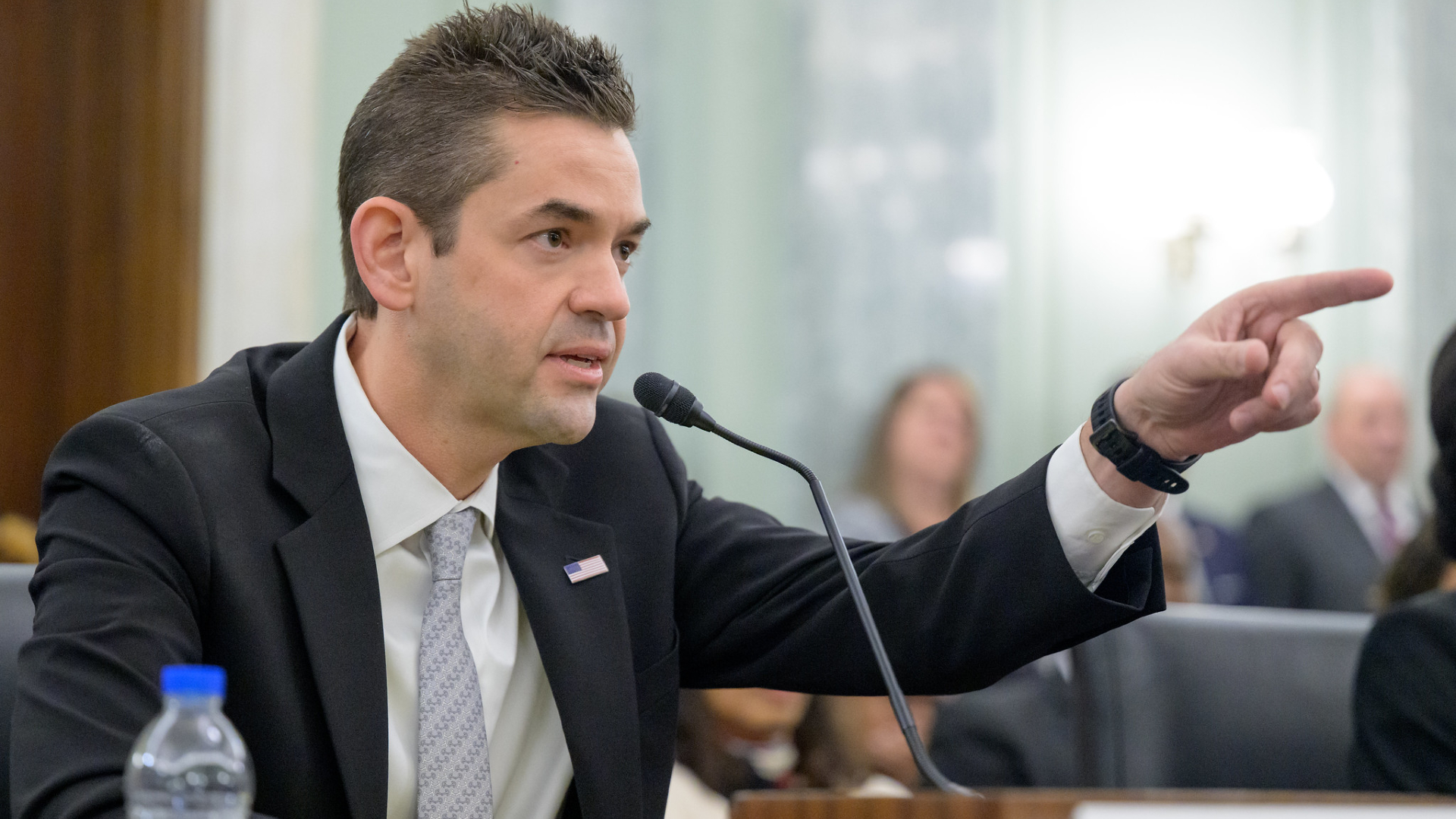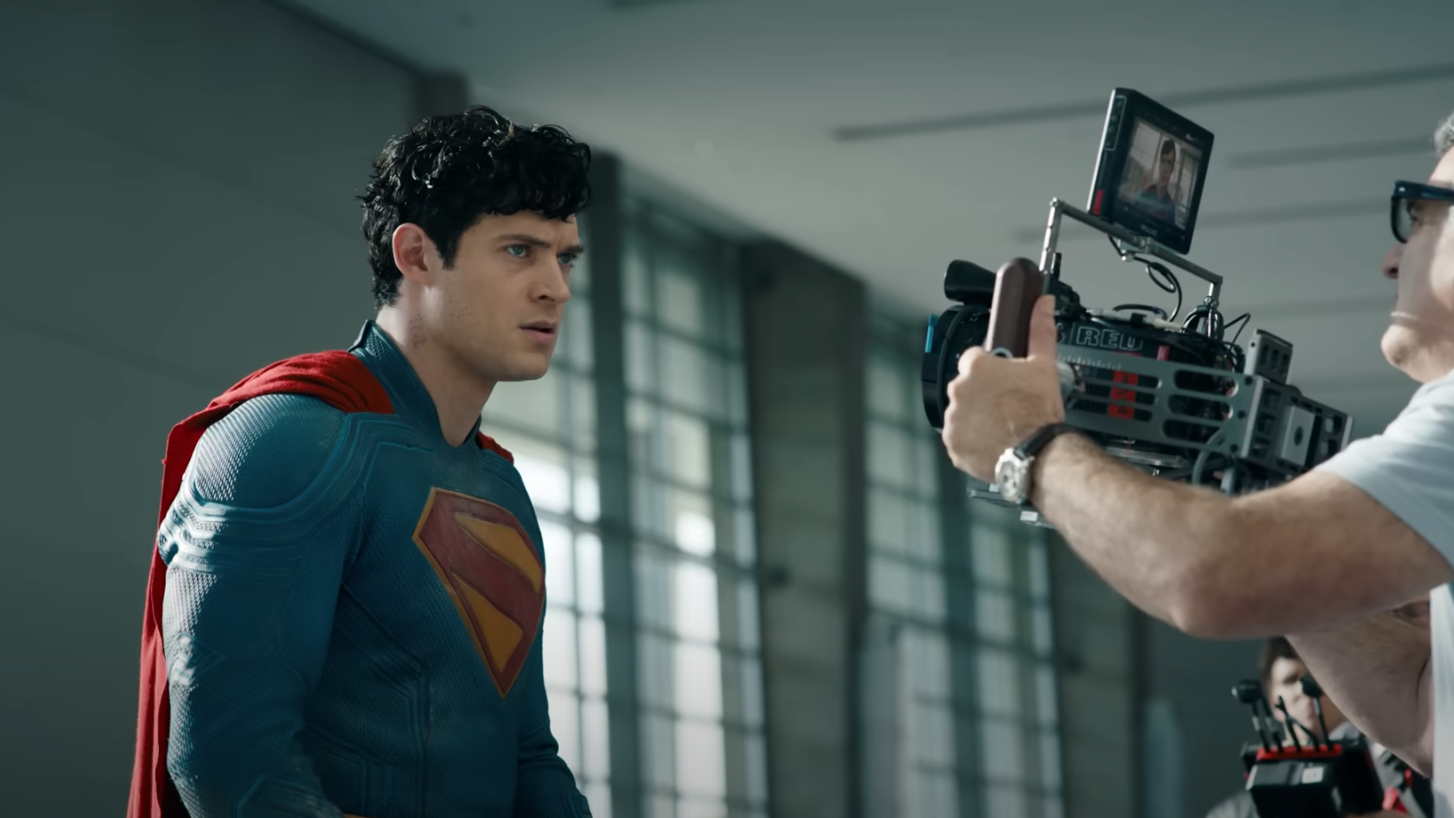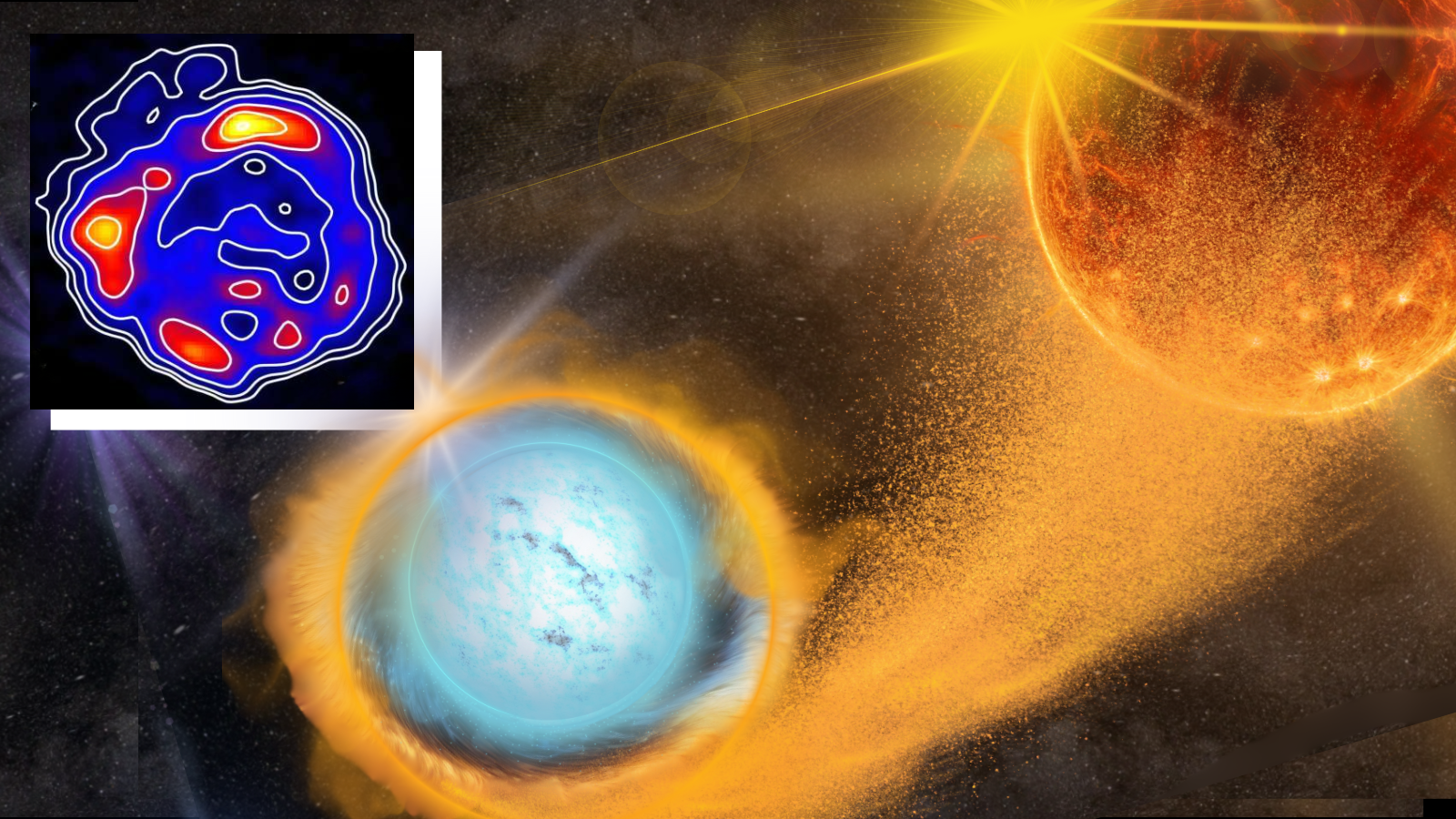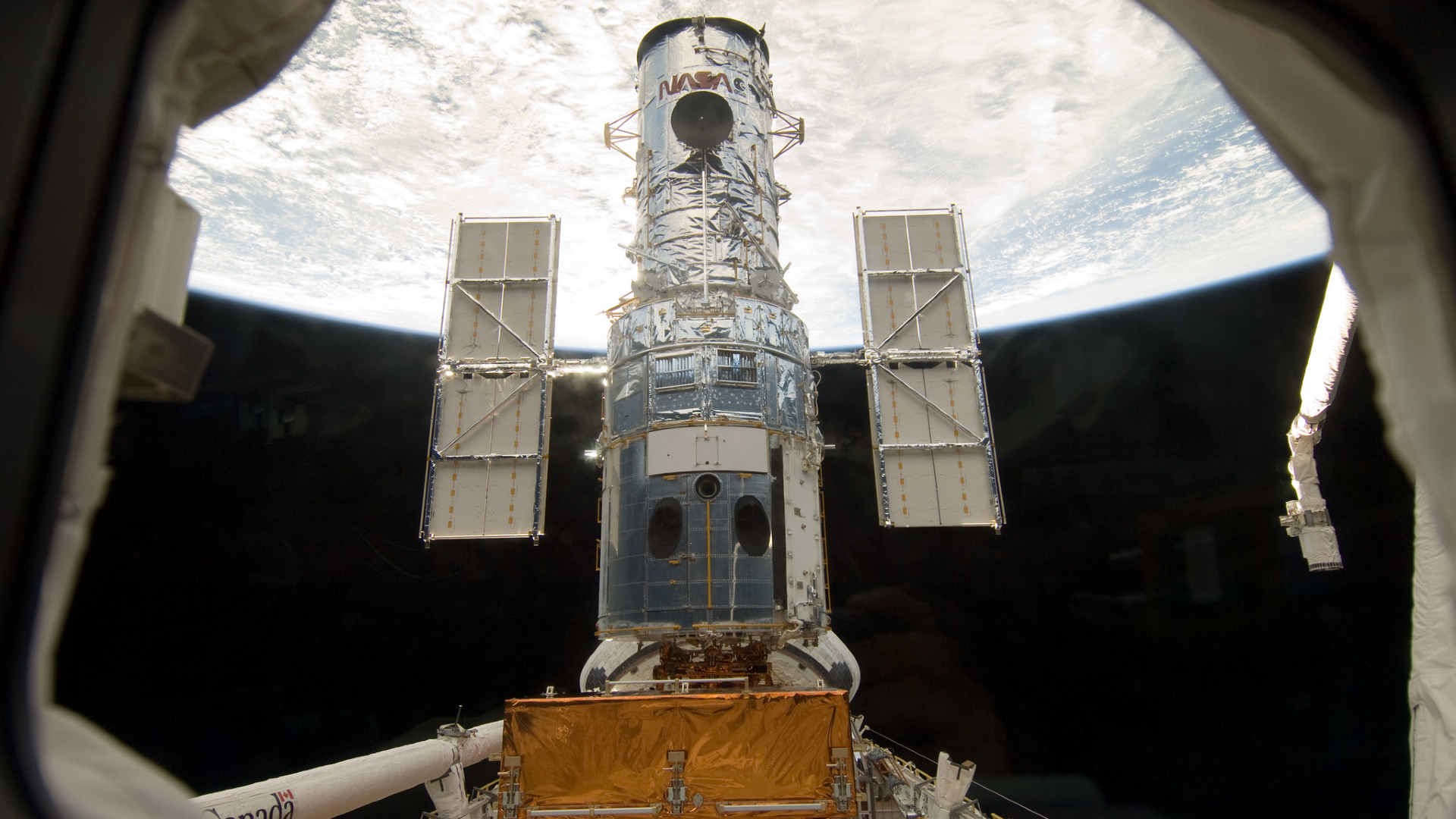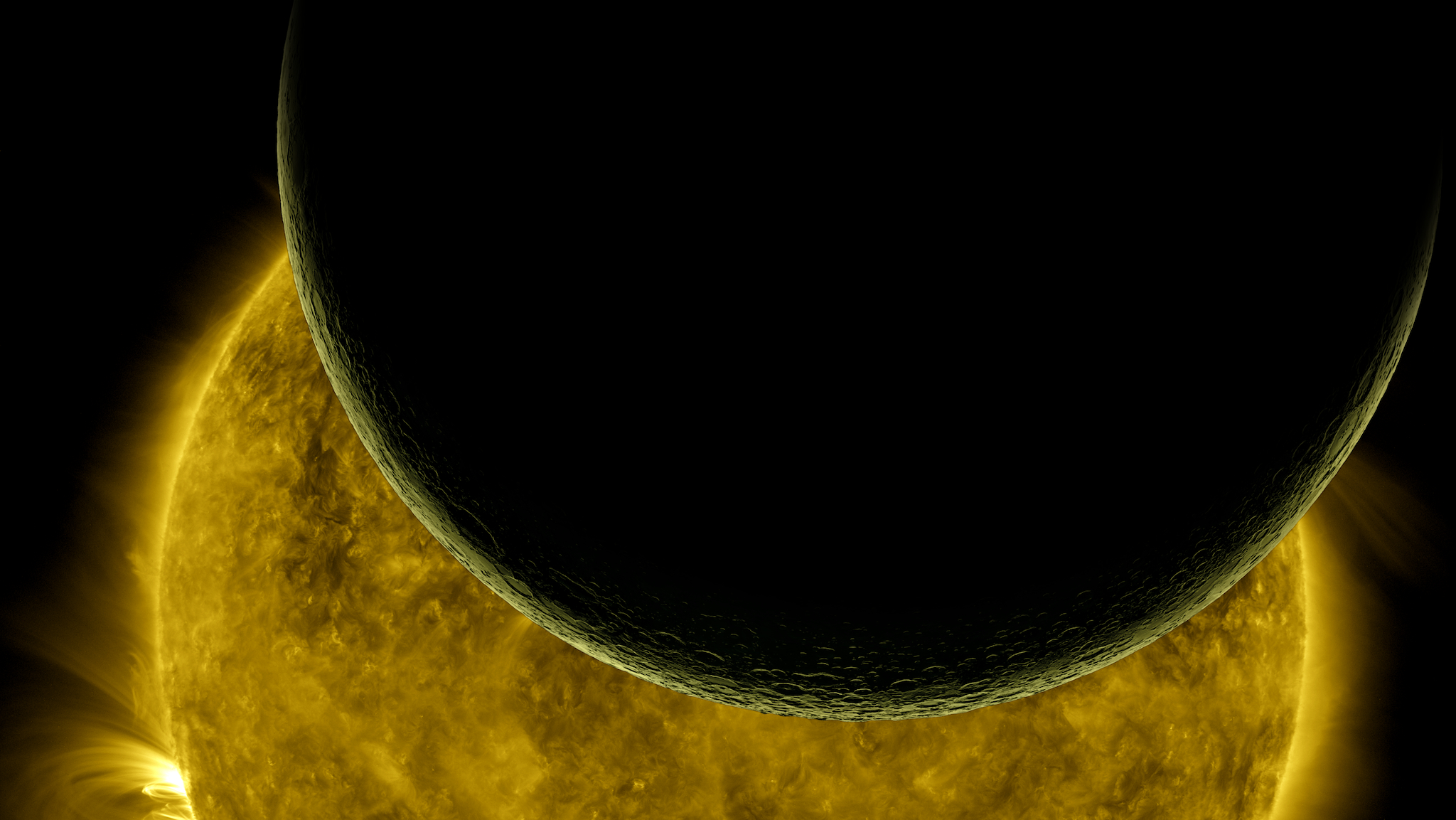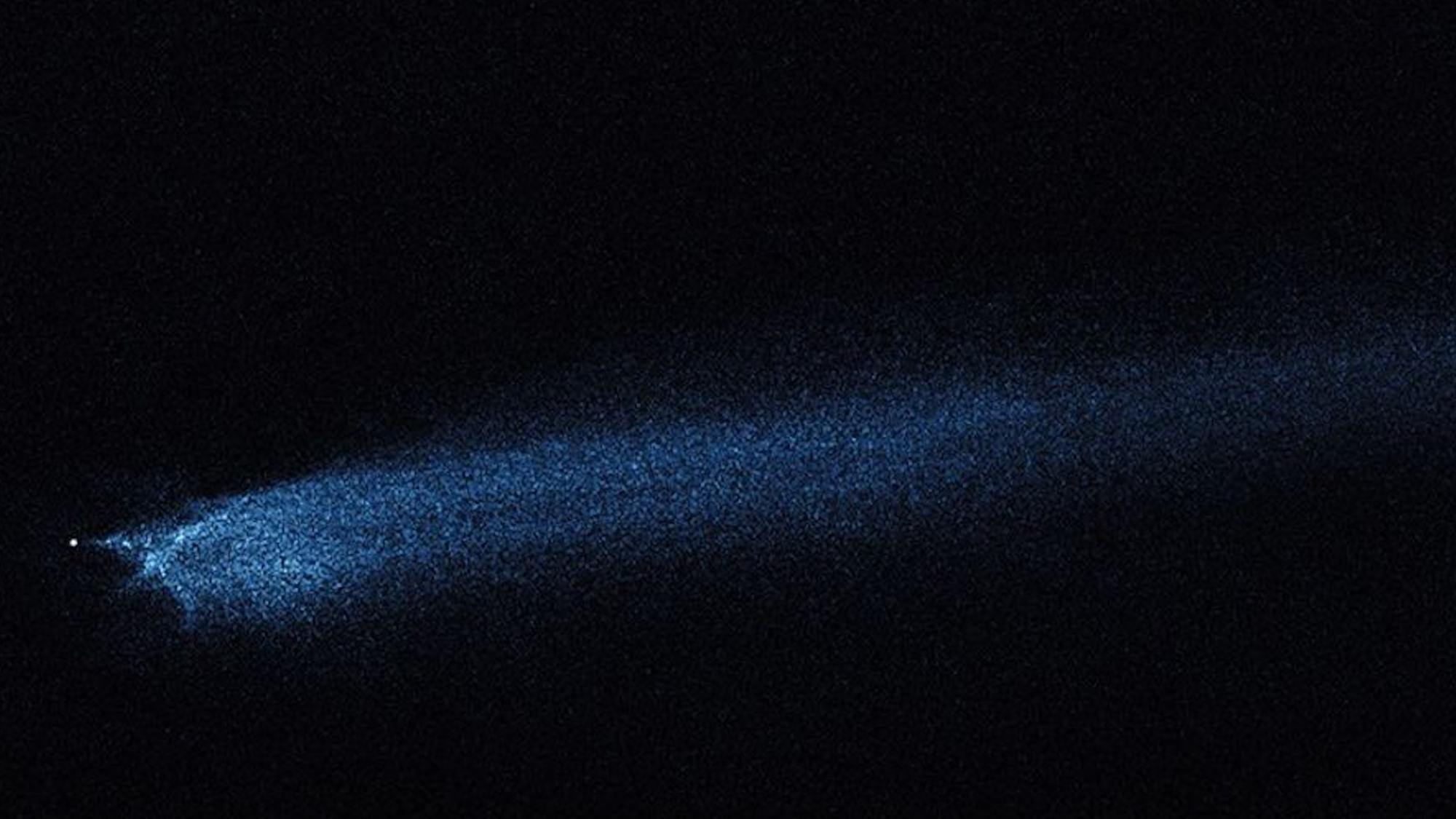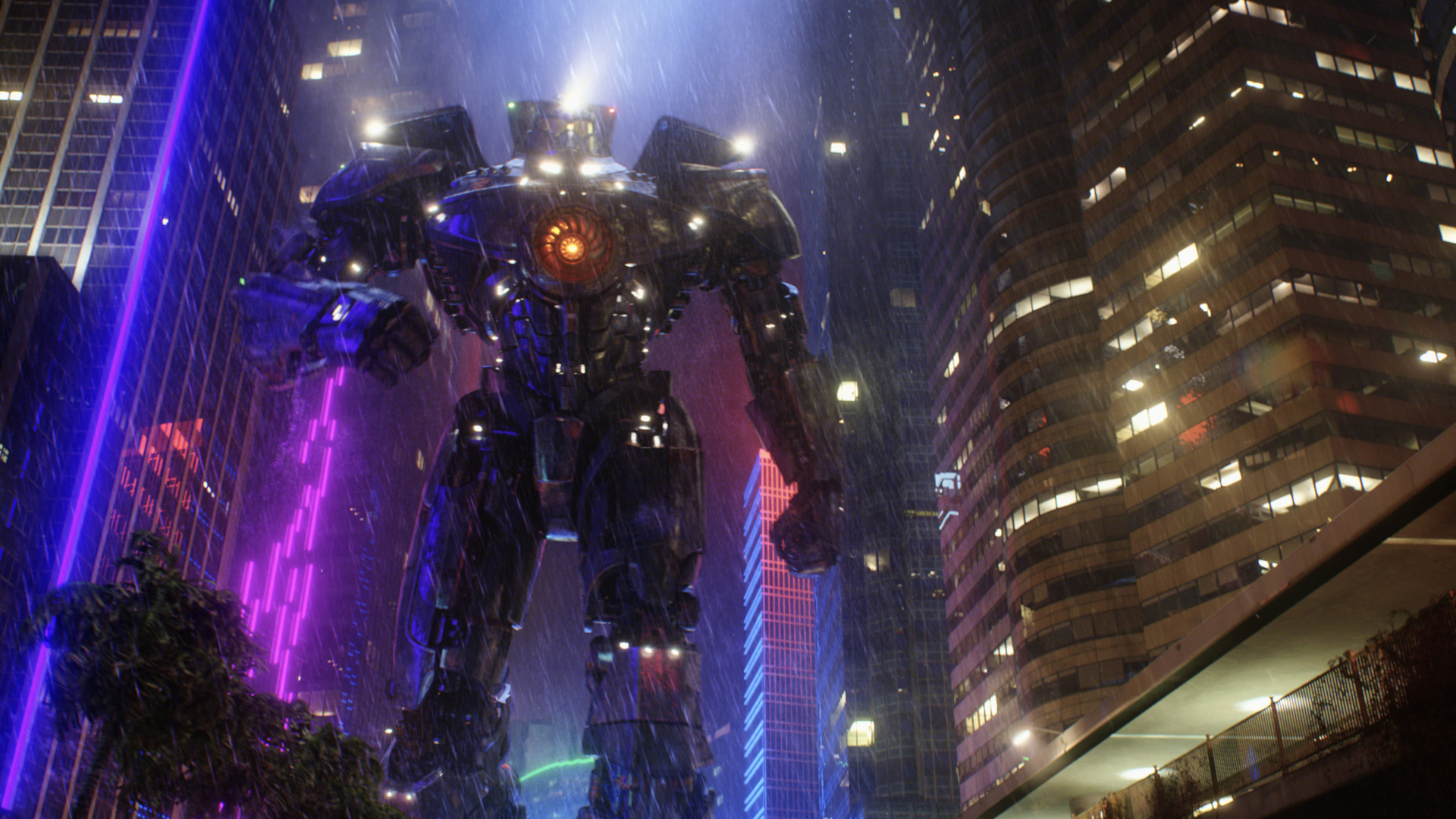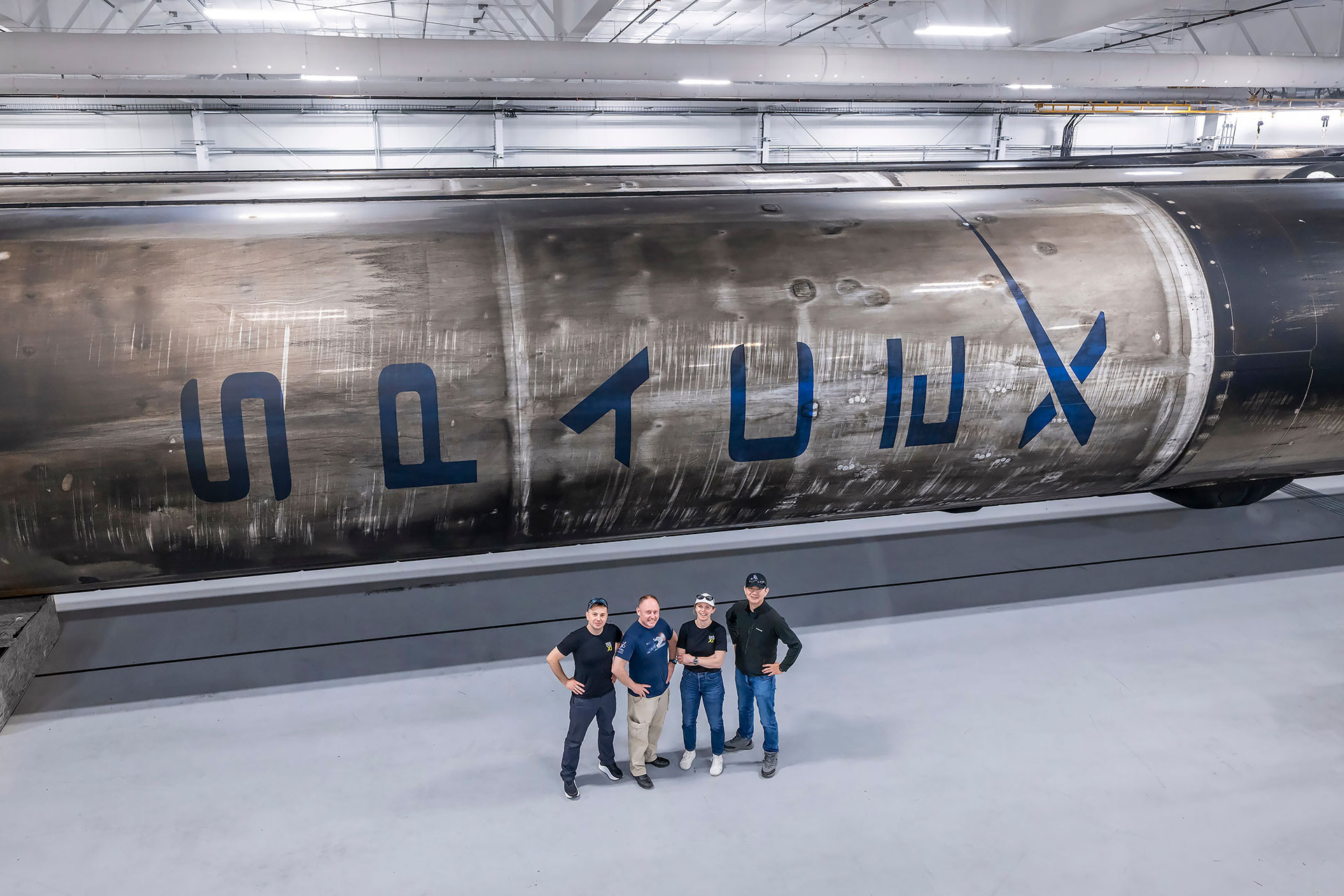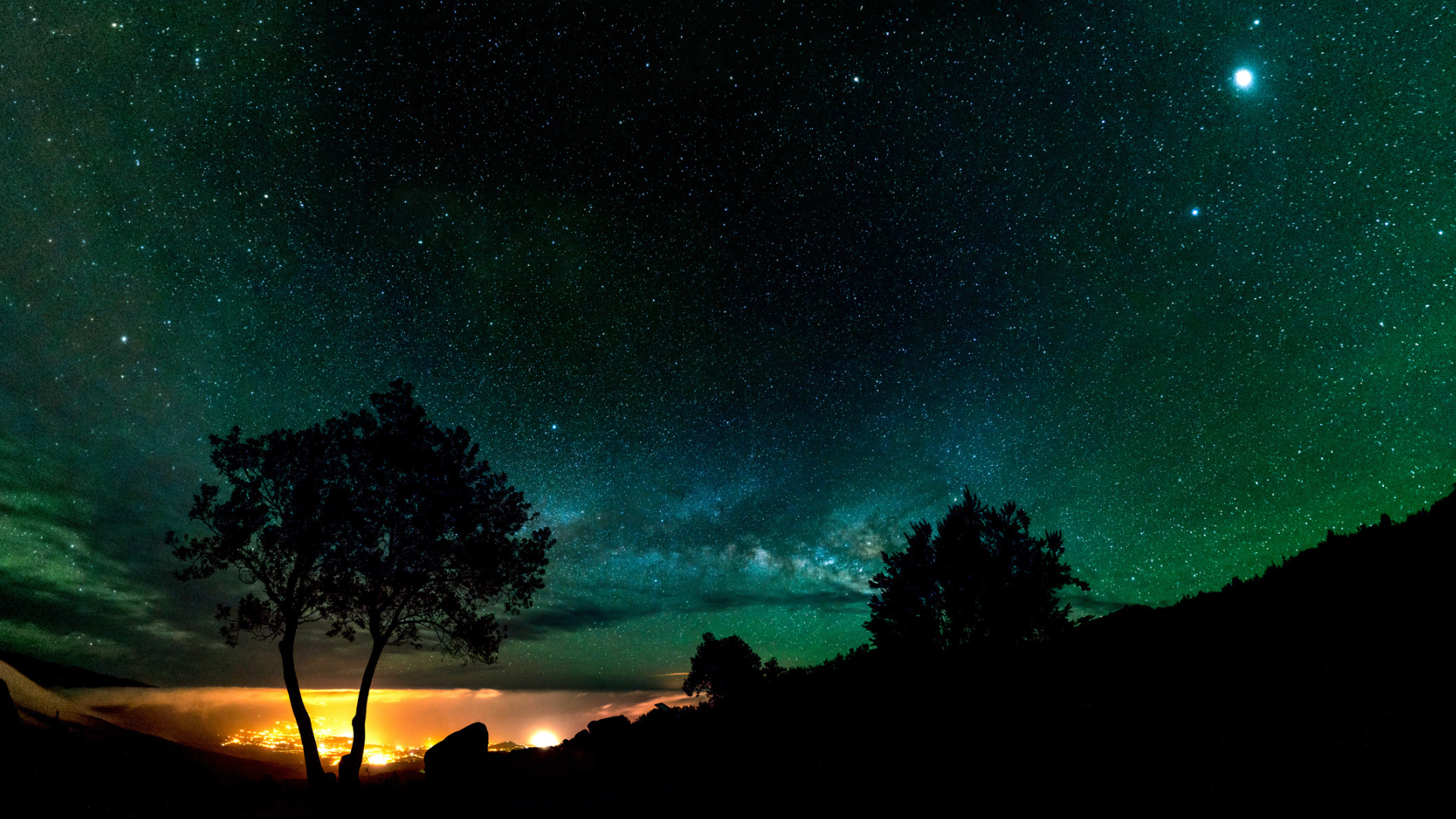SpaceX delivers Falcon 9 rocket for Space Center Houston display
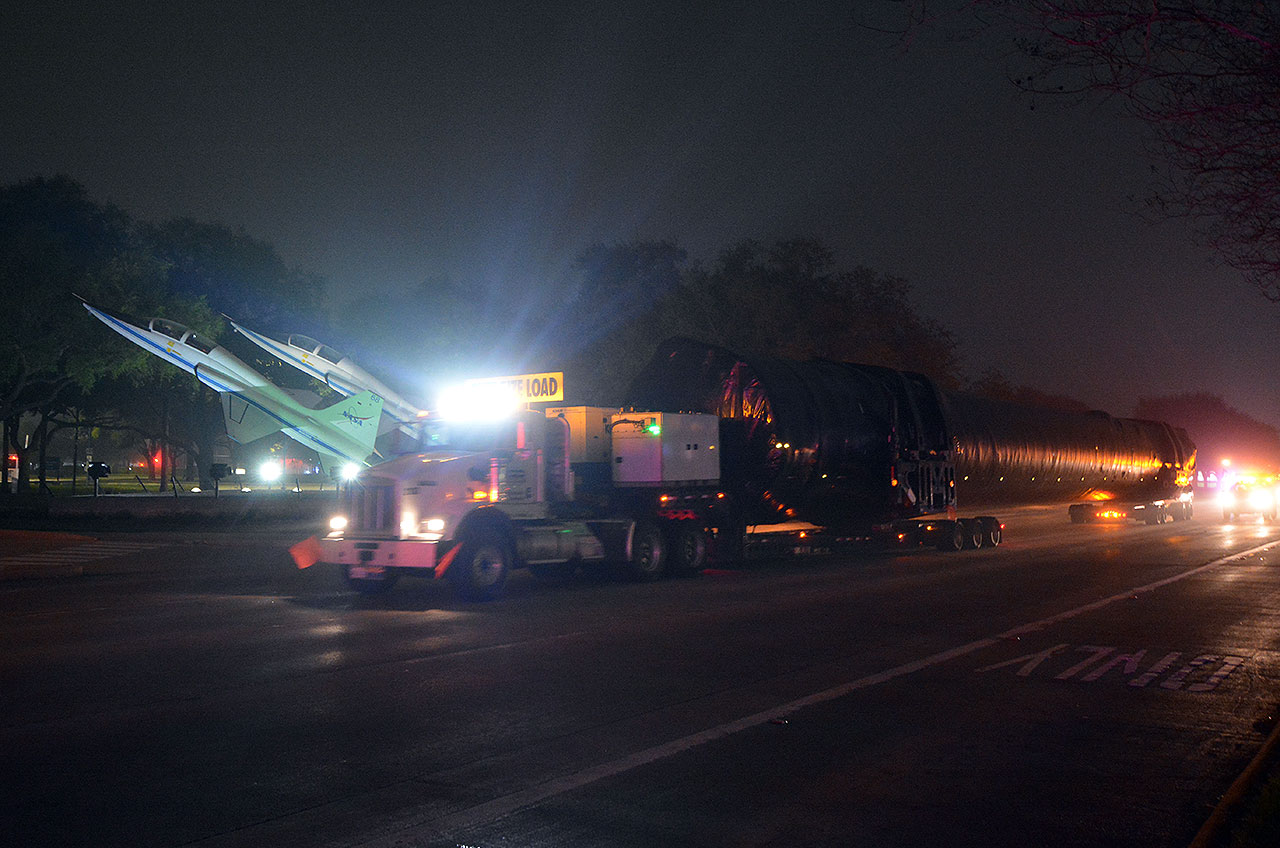
HOUSTON — A SpaceX rocket has quietly touched down in Houston, landing under the cover of night at the NASA visitor center where it will soon go on display.
The Falcon 9 first stage, which was used to launch supplies to the International Space Station on two NASA-contracted missions, was delivered by truck to Space Center Houston late on Tuesday (March 3). The arrival came 10 months after it was first announced that the booster would be joining the outdoor exhibits at the non-profit science and space exploration learning center, which also serves as the official visitor center for NASA's Johnson Space Center in Texas.
The 156-foot-long (47 meter) booster was driven down NASA Road 1 (or NASA Parkway) on a wheeled transport. Accompanied by a police escort, the stage briefly blocked traffic in one direction as it was carefully backed into the parking lot at Space Center Houston at about 9:35 p.m. EST (0335 GMT on March 4). The delivery was not publicized in advance, so the only spectators were those who happened to be on the road or at nearby restaurants and businesses at the time.
A more public welcome is expected once the stage is on its display mounts.
Related: See the evolution of SpaceX's rockets in pictures
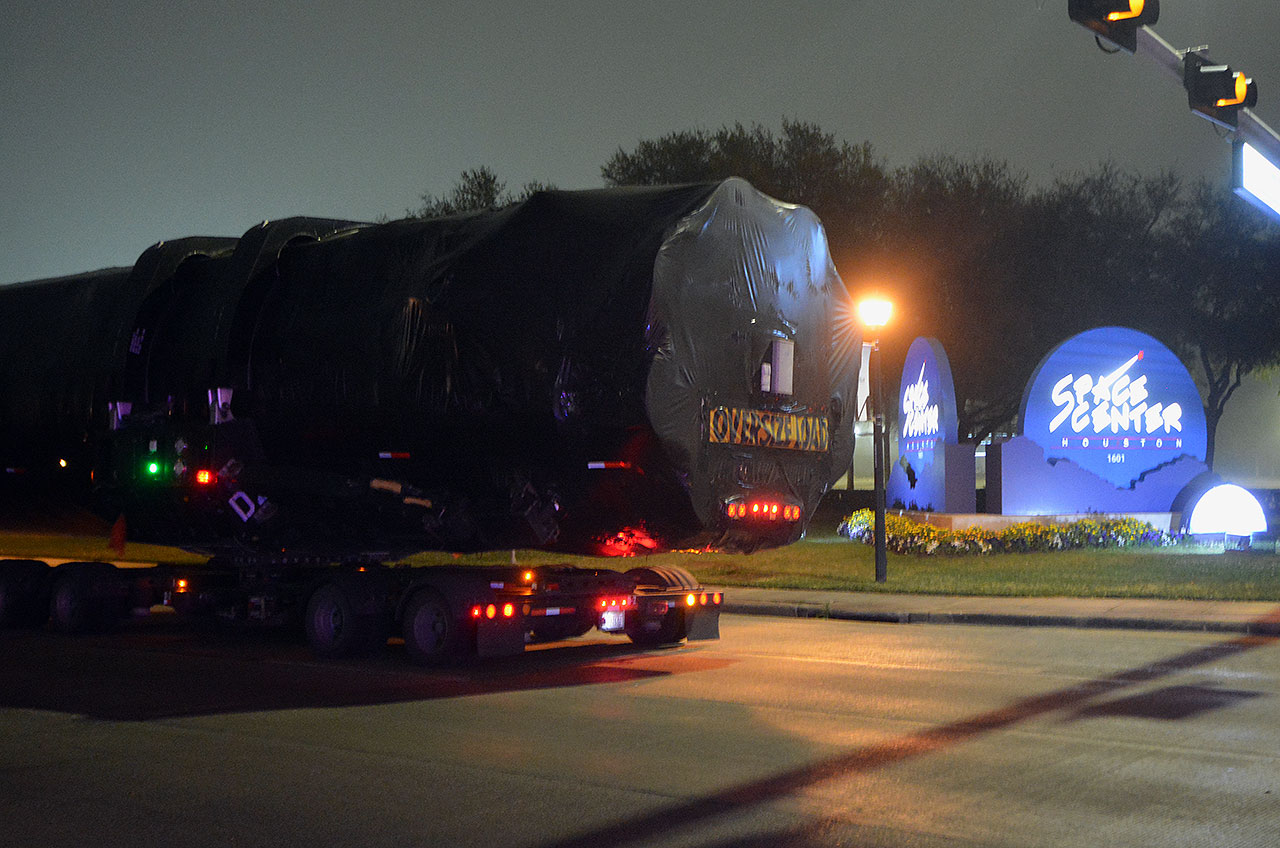
Space Center Houston has been preparing the exhibit site along the border of its parking lot, adjacent to the display of NASA's original Shuttle Carrier Aircraft and mock space shuttle Independence, since August 2019. The Falcon 9 will be positioned horizontally in cradles that are high enough for visitors to be able to walk below the stage.
A cement walkway will run the perimeter of the rocket and then cross underneath it in the shape of the "X" in SpaceX's stylized logo.
Get the Space.com Newsletter
Breaking space news, the latest updates on rocket launches, skywatching events and more!
Once on display, the Falcon 9 first stage will exhibit the wear and tear it received on its two launches. The 35th Falcon 9 first stage to be built, it was the first to fly on two missions for NASA. The stage first flew on June 3, 2017, lofting SpaceX's 11th resupply run to the space station on what was the 100th launch from Pad 39A at Kennedy Space Center in Florida. The flight also marked the first reuse of the Dragon cargo spacecraft.
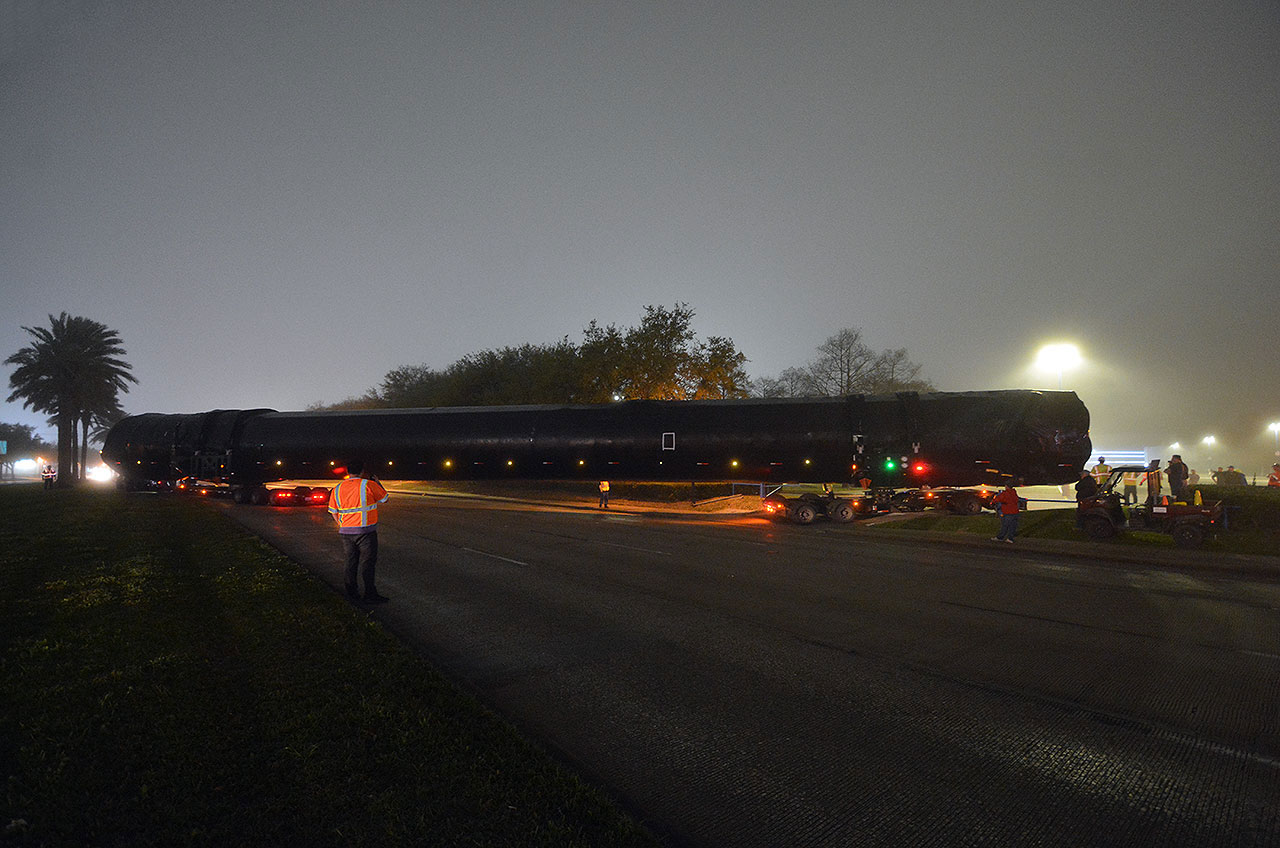
The stage then successfully returned for a touchdown on SpaceX's Landing Zone-1 (LZ-1) at the Cape Canaveral Air Force Station.
Six months later on Dec. 15, 2017, the flight-proven first stage lifted off again, this time with the space station-bound CRS-13 Dragon capsule. Iit then landed at LZ-1 for a second and last time.
"We are so excited we got CRS-11 and CRS-13, because it was the first reusable rocket segment used for a mission to send cargo to the International Space Station for NASA," William Harris, president and CEO of Space Center Houston, said in May 2019, when the booster's display was first announced. "It is really appropriate because [NASA controls the] space station from here in Houston and we have a major exhibit about the International Space Station."
The stage delivered to Space Center Houston is only the second flown Falcon 9 booster to go on display. The first has stood outside of SpaceX's headquarters in Hawthorne, California since 2016. SpaceX CEO Elon Musk also donated a flown and recovered booster to Cape Canaveral, but the details for that exhibit have yet to be announced.
The rocket's arrival at Space Center Houston comes days before the scheduled launch of a Falcon 9 with the last of SpaceX's first generation Dragon cargo spacecraft and within a few months of the expected first flight of NASA astronauts on a crewed Dragon to the space station.
Click through to collectSPACE for more photos from the SpaceX Falcon 9 delivery.
- In photos: SpaceX launches used Falcon 9 rocket, Dragon capsule on CRS-13
- SpaceX celebrates Crew Dragon's 1st launch anniversary with epic video
- SpaceX Crew Dragon arrives at launch site for the 1st orbital crew flight from US soil since 2011
Follow collectSPACE.com on Facebook and on Twitter at @collectSPACE. Copyright 2020 collectSPACE.com. All rights reserved.
OFFER: Save at least 56% with our latest magazine deal!
All About Space magazine takes you on an awe-inspiring journey through our solar system and beyond, from the amazing technology and spacecraft that enables humanity to venture into orbit, to the complexities of space science.
Join our Space Forums to keep talking space on the latest missions, night sky and more! And if you have a news tip, correction or comment, let us know at: community@space.com.

Robert Pearlman is a space historian, journalist and the founder and editor of collectSPACE.com, a daily news publication and community devoted to space history with a particular focus on how and where space exploration intersects with pop culture. Pearlman is also a contributing writer for Space.com and co-author of "Space Stations: The Art, Science, and Reality of Working in Space” published by Smithsonian Books in 2018.In 2009, he was inducted into the U.S. Space Camp Hall of Fame in Huntsville, Alabama. In 2021, he was honored by the American Astronautical Society with the Ordway Award for Sustained Excellence in Spaceflight History. In 2023, the National Space Club Florida Committee recognized Pearlman with the Kolcum News and Communications Award for excellence in telling the space story along the Space Coast and throughout the world.
-
Leftyricardo55 As NASA makes plans to return to the Moon by 2024, Congress is already questioning and proposing changes to that plan. SpaceX is however a bright spot overall in the world of space news, of good news and success. Congress has Artemis and Gateway as ever playing "Lucy and the football" with Charlie Brown(NASA). That they can't do that with SpaceX is such a satisfying relief! No doubt, there will be room for other SpaceX hardware for NASA to display.Reply



